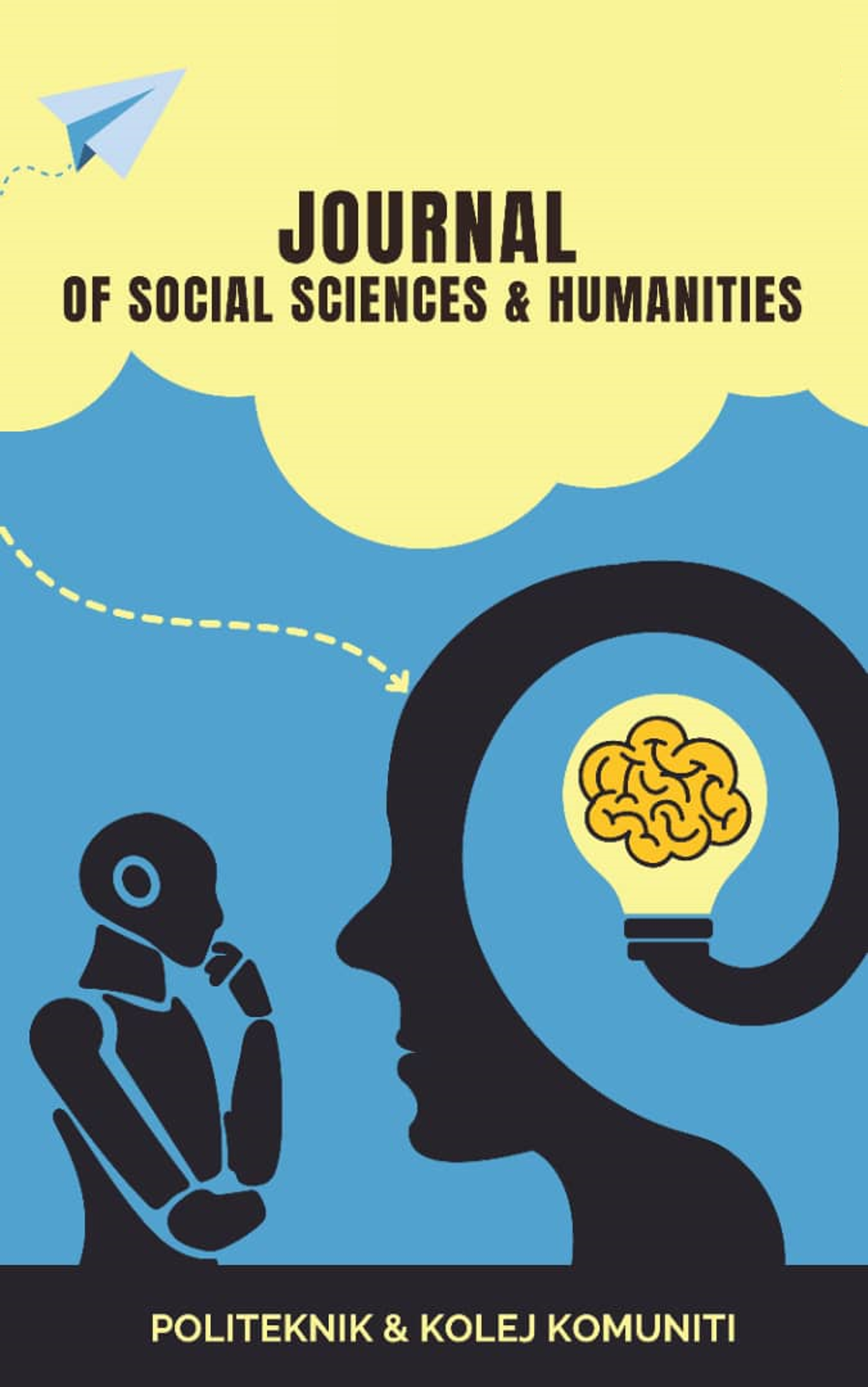Extended Theory of Planned Behaviour: Electrical Energy Saving at Workplace
Abstract
The use of electricity is one of the main sources in a path to create a conducive environment for learning and residential among students. A comprehensive management of electricity consumption is needed in order to address the issue of increasing energy consumption and a rising rate for the electricity bill in the commercial sector. Following the issues presented, this study was conducted to identify the behaviour of KKKL residents towards the use of electricity by using the Extended Theory of Planned Behaviour (ETPB) as a framework. Theneeded data were then collected through set of questionnaires that had been developed based on the Theory of Planned Behaviour (TPB). A total of 134 KKKL residents has been selected as respondents for this study. The researcher had opted to use random sampling method in the process of selecting respondents for this study and the data collected were then analyzed using Statistical Package for Social Science (SPSS) software version 23.0. From the descriptive analysis, it is found that the behaviour of the KKKL population as a whole was at a high level with a total mean of 4.51. It also shows that there is a relationship between behaviour and energy saving intention with the recorded value of r=0.784 and p<0.05. In the meantime, based on the regression analysis, it is found that subjective norms do not show any effect on energy saving intention while Attitude towards Energy Saving, Perceived Behaviour Control, Personal Moral Norm and Descriptive Norm showed an effect on energy saving intention with each beta value recorded were β = .156, p < .05; β = .232, p < .05; β = .168, p < .05 and β = .476, p < .05. This finding further illustrates that the increase in electricity bills is not due to the behavioural factors of the KKKL population based on the mean score obtained for the overall behaviour construct. This may be due to other factors that are not being addressed in this study such as the use of the building materials which had a potential to contribute in the increase of electricity consumption, such as the use of materials that required high heat storage and the use of obsolete and impractical electrical appliances.Downloads
Published
How to Cite
Issue
Section
License
Copyright (c) 2023 Politeknik & Kolej Komuniti Journal of Social Sciences and Humanities

This work is licensed under a Creative Commons Attribution-NonCommercial-NoDerivatives 4.0 International License.





